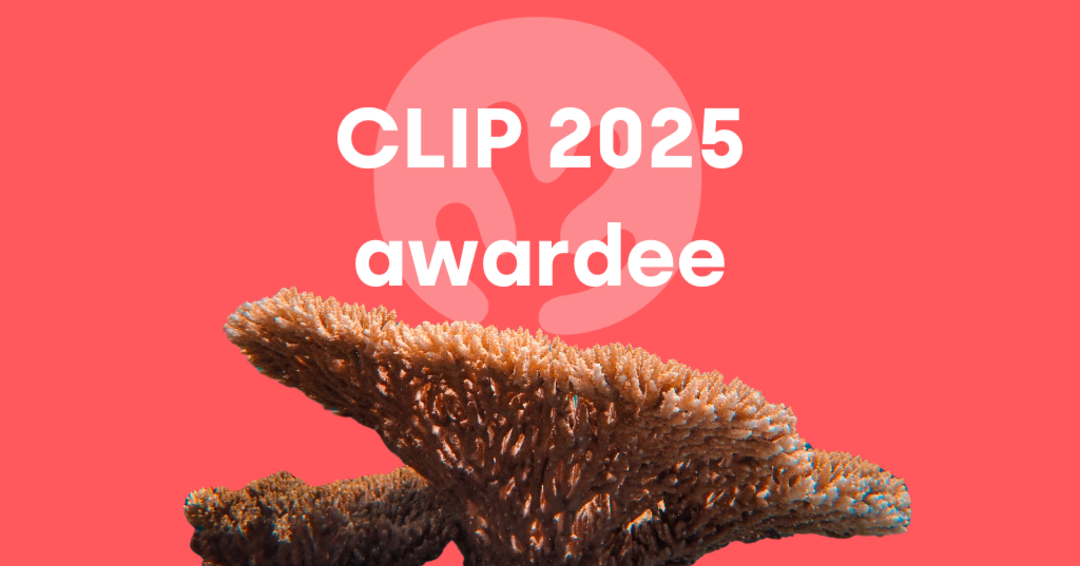Project title: Accelerating monitoring of coral spawning timing in the Caribbean using time lapse cameras
Lead applicant: Dr. David M. Hudson
Co-applicants: Milena del Pilar Marrugo Pascuales, Jaime Alberto Rojas Ruiz, Diana Tarazona Giraldo
Countries involved: Colombia, UK
Takes place: Santa Marta and Corales del Rosario y San Bernardo National Natural Park (Colombia) and Eustatia Reef (British Virgin Islands)
Supporting institutions: Remote Ecologist, Centro de Investigaciones, Educación y Recreación San Martín de Pajarales SAS (CEINER); Fundación CIM Caribe
Total budget: USD 100,000
Duration: 24 months
Project overview
Caribbean reefs are under increasing pressure from climate change, coral diseases, and severe weather events, leading to a significant decline in coral cover and fisheries productivity. To help these reefs recover, several research teams in the region are applying assisted sexual reproduction techniques in their restoration activities. These techniques involve collecting gametes from multiple coral colonies in the field, mixing and crossing them to ensure successful fertilization, and subsequently releasing or deploying the larvae back onto reefs. This strategy enhances coral genetic diversity while supporting reef restoration. However, the asynchronous and unpredictable nature of coral spawning across sites undermines the efficiency of gamete collection efforts and limits restoration impact.
Thus a critical challenge remains: multiple coral colonies must spawn simultaneously, and scientists must be present at the right moment, in multiple sites, to collect the gametes. This is a particularly difficult task when research teams are small and resources are limited. Moreover, spawning variability across sites and environmental conditions (e.g., thermal anomalies, freshwater inflows) further complicates the coordination of gamete collection. A scalable, low-cost remote monitoring system is urgently needed to improve sexual propagation outcomes. To address this, the project will test the use of CoralCam systems — specialized underwater cameras equipped with sensors and remote monitoring capacity — to detect and document spawning events in real time across three Caribbean locations. By doing so, the team aims to reduce uncertainty, improve the accuracy of coral spawning predictions, and allow researchers to be on-site and ready to collect gametes when spawning actually occurs.
Specific objectives
- Identify, map, and characterize coral colonies for assisted sexual reproduction in strategic sites of the Colombian Caribbean (Santa Marta and Corales del Rosario y San Bernardo National Natural Park) and Eustatia Reef (British Virgin Islands).
- Implement and test an automated monitoring system for coral spawning using CoralCam time-lapse cameras.
- Carry out ex situ sexual propagation of corals based on the spawning events detected.
How the objectives will be met
- Identify, map, and characterize coral colonies: conduct standardized coral surveys to assess and map species presence, colony size (length, width, height), and tissue health.
- Implement and test an automated monitoring system:
- Install at least three CoralCam time-lapse camera systems—two in Colombia and one in the British Virgin Islands. These cameras are designed to capture nighttime reproductive events of key coral species (e.g., Acropora cervicornis, A. palmata, Orbicella faveolata).
- Capture three spawning windows per site with visual records of pre-spawning cues.
- Develop image analysis protocols and training modules.
- Ex situ coral sexual propagation:
- Collect coral gametes during at least one successful spawning event
- Produce at least 1000 viable larval recruits, with monitoring through to settlement.
- Outplant surviving corals at two sites, with initial survival monitoring. Reared larvae will grow for 3–5 weeks in mesocosms before outplanting.
Impact of the project
- At least 30 colonies of target species (Acropora, Orbicella spp.) will be mapped and characterized across two sites in the Colombian Caribbean and one site in the British Virgin Islands.
- Development of a visual and georeferenced catalog of reproductive colonies available for long-term monitoring.
- Development of protocols for training modules on image analysis and computer vision.
- Production of at least 1000 viable larval recruits, which will be outplanted at two sites.
- Training of at least 10 local stakeholders in camera installation, maintenance, and basic data analysis.
Major highlights
- Improved coral spawning monitoring techniques streamlining processes and resources for small teams.
- Improved local capacity on coral spawning monitoring in the region.
- Community members trained in the project will help deploy and maintain the cameras and analyze images.
- Data will inform real-time spawning predictions, aiding decision-making for gamete collection and propagation.

